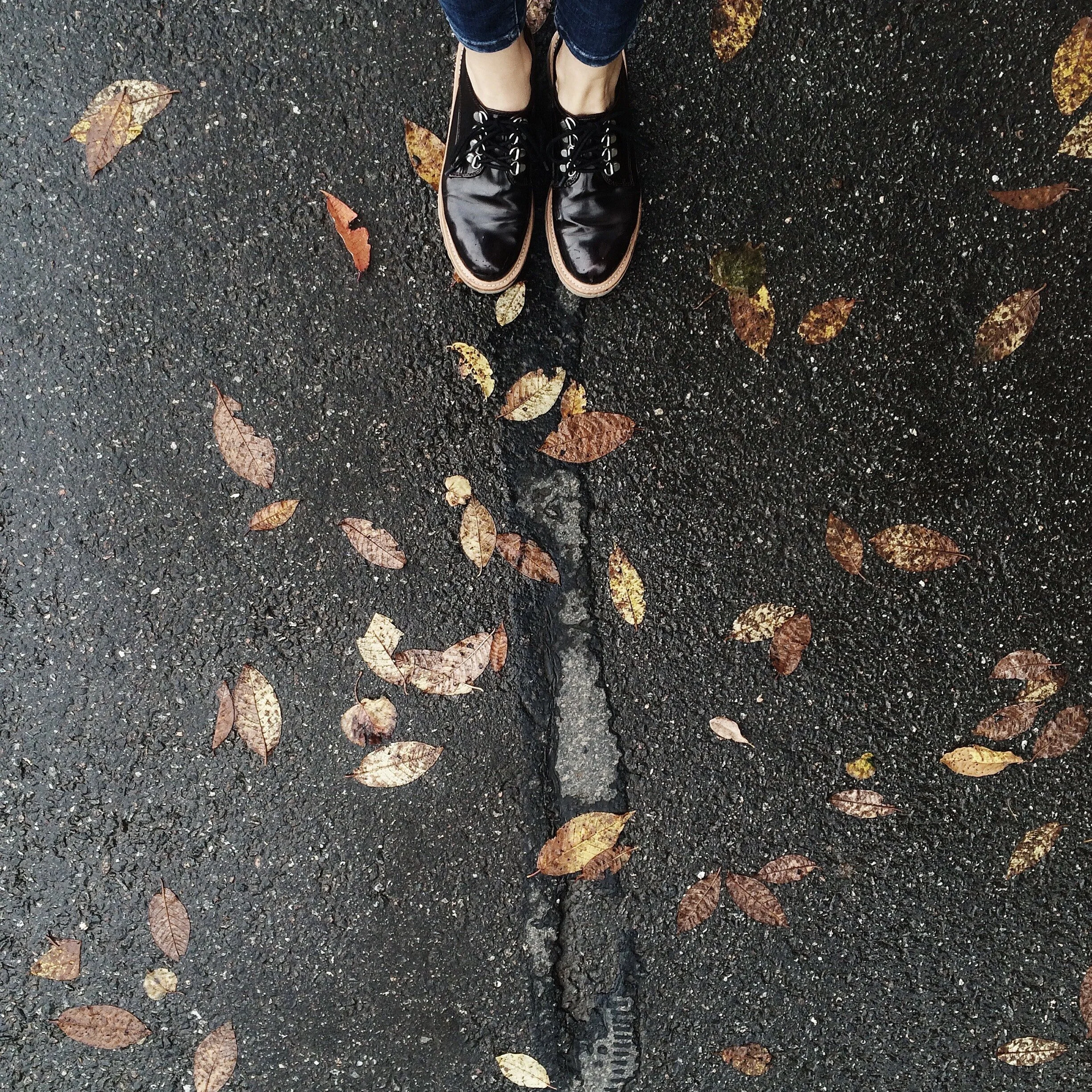



FAQ
If I am a complete beginner in photography, how will I approach the sessions and courses?
The Wellbeing Photography programmes are designed with the assumption that participants have no prior experience in photography. However, it's expected that you are familiar with basic operations like reviewing your captured photographs.
What if I do not have an advanced camera?
No worries at all! A professional camera is not a requirement. You have the flexibility to create your images using any photographic device you prefer, such as a smartphone, DSLR, tablet, or even a film camera. If you require additional guidance in using your device, we can explore customized packages that cater to your specific needs.
How is it works?
Photography for Wellbeing involves the intentional use of photography to explore thoughts, emotions, and surroundings, ultimately aiming to enhance self-awareness, mindfulness, and overall positive feelings.
Wellbeing Photography encourages individuals to engage in the process of capturing images as a way to connect with their inner selves, express emotions, and find solace or inspiration in the world around them. It can be a therapeutic tool to alleviate stress, increase self-esteem, and foster a deeper connection to one's surroundings.
What is Therapeutic Photography & Wellbeing Photography?
Wellbeing Photography is an integral aspect of a broader practice known as Therapeutic Photography, offering a secure and organized platform for delving deeper into your self-discovery journey. These therapeutic sessions serve as a means to enhance self-awareness, self-esteem, self-efficacy, and resilience in a highly effective and easily accessible manner. So, Wellbeing Photography is a structured, guided, engagement with the creative intervention of photography for the purpose of producing images for exploration with clearly defined outcomes for the participant and general well-being.
The benefits of learning the Art of Photography
Learning the art of Photography can mindfully benefit. It helps to Slow down and Take a breath from the every day challenges. While you take a fresh look at the world around you and expressing yourself artistically through the medium of photography; “see the extraordinary in the ordinary”.
Research studies employing visual art interventions, including photography, demonstrate:
Reduction on distress and anxiety
Improvement of overall well-being
Positive altering on thinking patterns
Enhance self-growth, self-care, self-expression, and mindfulness
Applications of Wellbeing & Therapeutic Photography
The approach can be used with anyone who can operate a camera, the phone camera is more than enough.
The practice has been used with primary school children, through to dementia care, and the disciplines using therapeutic photography include social work, mental health, nursing, teachers, occupational therapists, and artists.
Which are the benefits of Therapeutic Photography?
Therapeutic photography improves Self-esteem, Self-disclosure, Self-efficacy, Empowerment and helps people suffering from depression and anxiety. While Slow down and taking time out for you; improving your mental health, wellbeing, reducing stress, and resilience.
Why is it called “Therapeutic“?
For a pastime or activity to be therapeutic there has to be an element of healing, treatment, or benefit for the user. But can photography be therapeutic? Certainly, if a person engages in an activity which makes them feel good in general together with above defined benefits then it can be defined as therapeutic.
What is the difference between Therapeutic Photography and Phototherapy?
Therapeutic photography, does not require a formal qualification in counselling or psychotherapy as opposed to Phototherapy that is using photography in counselling as a trained professional.
References & useful links
Gibson, Neil. Therapeutic Photography: Enhancing Self-Esteem, Self-Efficacy and Resilience. Jessica Kingsley Publishers, 2018.
Judy Weiser. PhotoTherapy, Therapeutic Photography, & Related Techniques.
Infomation about Photovoice and related projects.
Stuckey HL, Nobel J (2010) The Connection Between Art, Healing, and Public Health: A Review of Current Literature. Am J Public Health 100: 254–263. [PMC free article] [PubMed] [Google Scholar]
Cohen GD, Perlstein S, Chaplin J, Kelly J, Firth KM, et al. (2006) The Impact of Professionally Conducted Cultural Programs on the Physical Health, Mental Health, and Social Functioning of Older Adults. Gerontologist 46: 726–734. [PubMed] [Google Scholar]
Leckey J (2011) The therapeutic effectiveness of creative activities on mental well-being: a systematic review of the literature. J Psychiatr Ment Health Nurs 18: 501–509. [PubMed] [Google Scholar]
Geue K, Goetze H, Buttstaedt M, Kleinert E, Richter D, et al. (2010) An overview of art therapy interventions for cancer patients and the results of research. Complement Ther Med 18: 160–170. [PubMed] [Google Scholar]
Clow A, Fredhoi C (2006) Normalisation of salivary cortisol levels and self-report stress by a brief lunchtime visit to an art gallery by London City workers. J Holist Health 3: 29–32. [Google Scholar]
Self Reframe offers help to improve life challenges, crisis, resilience reinforcement, and in general to enhance well-being.
The offer is not clinical, it is outside the health care system and does not conduct a diagnosis or treatment of mental illness.
